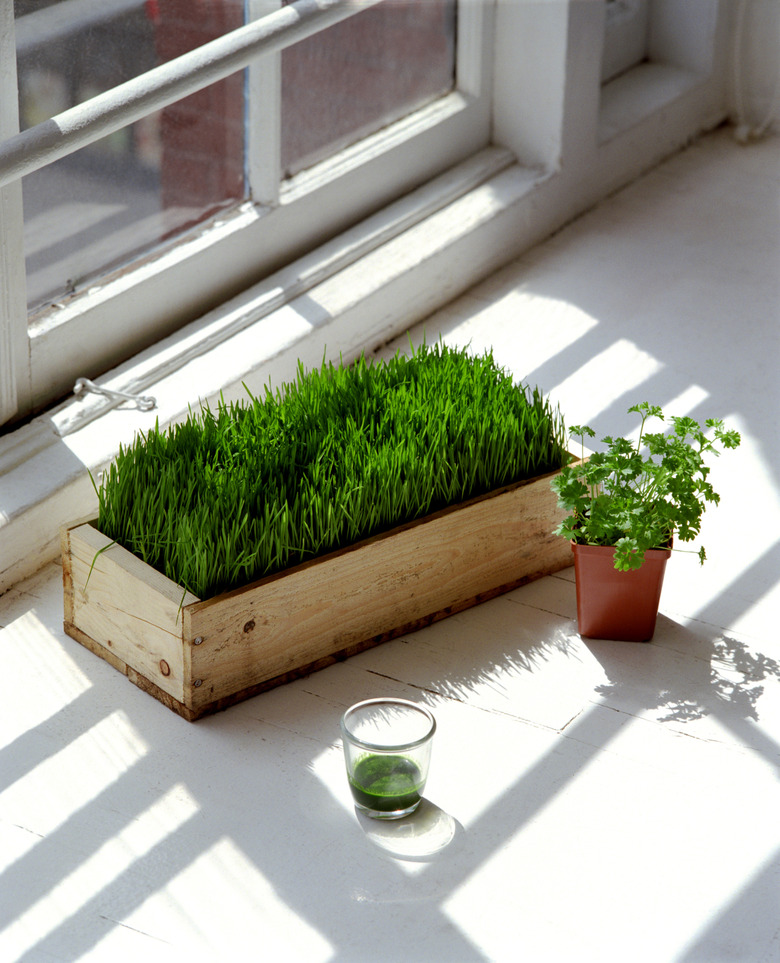List The Components Of A Photosystem
A Photosystem is the arrangement of proteins in a plant that allows it to produce energy using chlorophyll and other proteins. Photosystem 1 and Photosystem 2 are different complexes designed to absorb different wavelengths of light. In the following discussion, both photosystem components will be addressed.
The Basics of Photosynthesis
The Basics of Photosynthesis
Photosynthesis is a system built into every plant, making the plant able to take in light and convert it to chemical energy. The protein chlorophyll is responsible for this reaction, and chlorophyll is part of a system that does this. In the next section, we'll talk about the entire protein complex that allows this chemical reaction to take place.
The Two Photosystems
The Two Photosystems
Each photosystem, Photosystem 1 and Photosystem 2, is used depending on the light that is being converted to energy for the plant. Photosystem 1 converts light around the 700 nanometers wavelength, while Photosystem 2 converts light around the 680 nanometers wavelength. Most plants have both photosystems in their thylakoid membranes, but bacteria that don't produce oxygen may only contain Photosystem 1.
The Photosystem Components
The Photosystem Components
Chlorophyll turns light energy into chemical energy, but chlorophyll doesn't do it all by itself. The Photosystem captures light with antennae pigments such as carotene, xanthophyll, Phaeophytin a, Phaeophytin b, chlorophyll a and chlorophyll b, which funnels it light and gradually concentrates it down to a "reaction center." By the time the energy reaches the action center, it's very concentrated and needs somewhere to dump all the energy it has captured. The reaction center transfers the extra energy to enzymes, which further carry out work in the plant cell.
What Happens to the Energy
What Happens to the Energy
Why do plants do such a complicated process? This is the way a plant eats and grows. One of the final products of photosynthesis is glucose, an energy source that helps the plant grow.
References
Cite This Article
MLA
Goerge, Shantana. "List The Components Of A Photosystem" sciencing.com, https://www.sciencing.com/list-components-photosystem-8719408/. 24 April 2017.
APA
Goerge, Shantana. (2017, April 24). List The Components Of A Photosystem. sciencing.com. Retrieved from https://www.sciencing.com/list-components-photosystem-8719408/
Chicago
Goerge, Shantana. List The Components Of A Photosystem last modified March 24, 2022. https://www.sciencing.com/list-components-photosystem-8719408/
